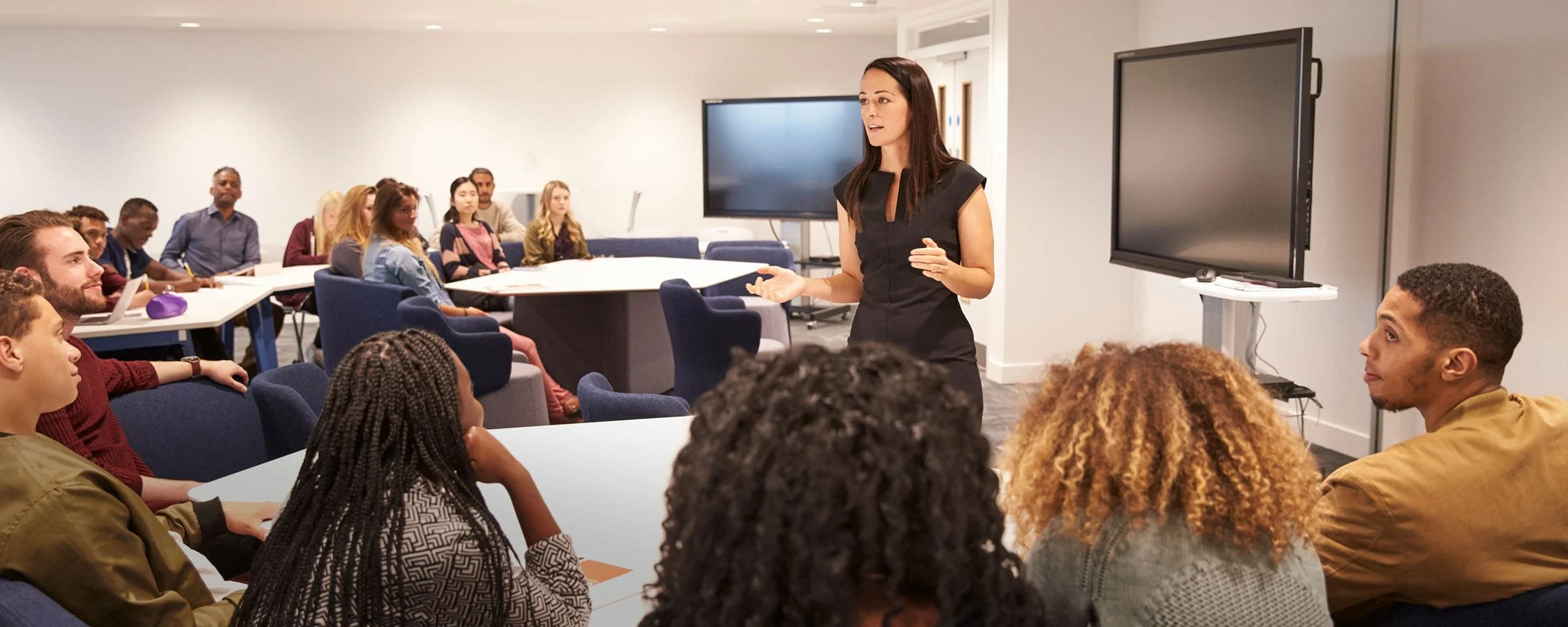As a business, we had zero in-person events scheduled between March 2020 and June 2021. As we became vaccinated against COVID-19, and many in the community became protected as well, we started hearing from clients that were hopeful and interested in gathering in-person, while still taking precautions to mitigate the virus's spread.
So, we're leading events again, and often, our hosts are asking attendees and facilitators to mask up. Since June, we’ve had the opportunity to lead our Influential Storytelling workshop in-person several times, and many of those times we facilitated while wearing a mask. Along the way, we’ve learned a thing or two about how to facilitate or present with a mask on; what to pay attention to, what to keep in mind, and best practices to take to heart.
Here are a few of our learnings.
Read More




















